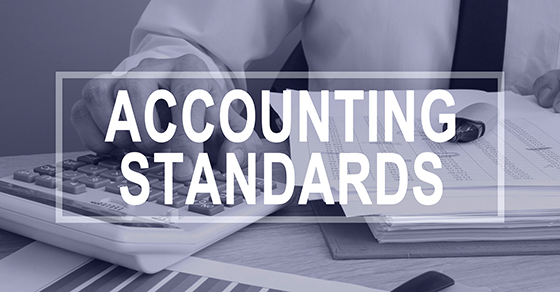
There are three types of financial statements under U.S. Generally Accepted Accounting Principles (GAAP). Each one reveals different, but equally important, information about your company’s financial performance. And, together, they can be analyzed to help owners, management, lenders and investors make informed business decisions.
Profit or loss
The income statement shows revenue and expenses over the accounting period. A commonly used term when discussing income statements is “net income,“ which is the income remaining after all expenses (including taxes) have been paid.
It’s also important to check out the company’s “gross profit.“ This is the income earned after subtracting the cost of goods sold from revenue. Cost of goods sold includes the cost of direct labor and materials, as well as any manufacturing overhead costs required to make a product.
The income statement also lists sales, general and administrative (SG&A) expenses. They reflect functions, such as marketing and payroll, that support a company’s production of products or services. Often, SG&A costs are relatively fixed, no matter how well your business is doing. Compute the ratio of SG&A costs to revenue. If the percentage increases over time, business may be slowing down.
Financial position
The balance sheet tallies your company’s assets, liabilities and net worth to create a snapshot of its financial health on the financial statement date. Assets are customarily listed in order of liquidity. Current assets (such as accounts receivable) are expected to be converted into cash within a year, while long-term assets (such as plant and equipment) will be used to generate revenue beyond the next 12 months.
Similarly, liabilities are listed in order of maturity. Current liabilities (such as accounts payable) come due within a year, while long-term liabilities are payment obligations that extend beyond the current year.
Because the balance sheet must balance, assets must equal liabilities plus net worth. So, net worth is the extent to which assets exceed liabilities. It may signal financial distress if your net worth is negative. Other red flags include:
- Current assets that grow faster than sales, and
- A deteriorating ratio of current assets to current liabilities.
These trends could indicate that management is managing working capital less efficiently than in prior periods.
Cash inflows and outflows
The statement of cash flows shows all the cash flowing in and out of your company during the accounting period. For example, your company may have cash inflows from selling products, borrowing, and selling stock. Outflows may result from paying expenses, investing in capital equipment and repaying debt.
The statement of cash flows is organized into three sections: cash flows from operating, financing and investing activities. Ideally, a company will generate enough cash from operations to cover its expenses. If not, it may need to borrow money or sell stock to survive.
Ratios and trends
The most successful businesses continually monitor ratios and trends revealed in their financial statements. Contact us if you need help interpreting your financial results.
© 2019










